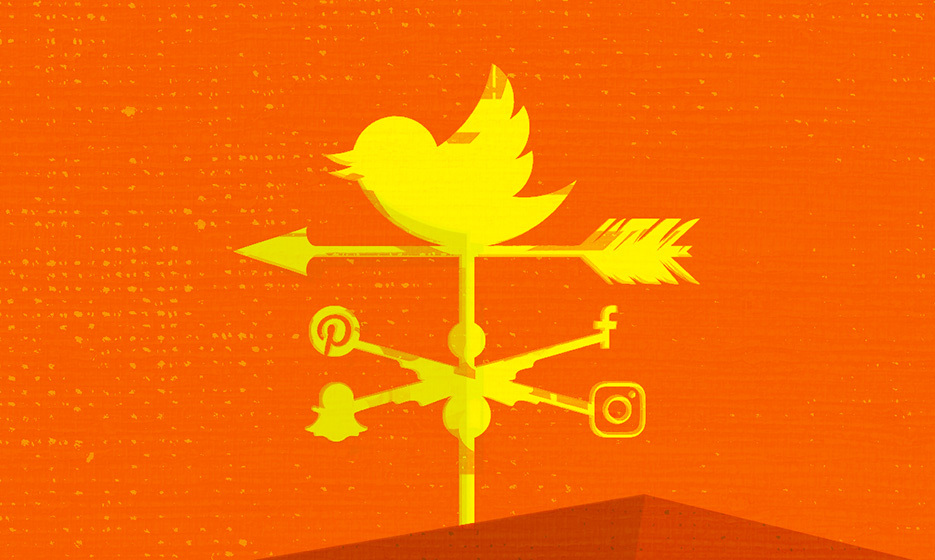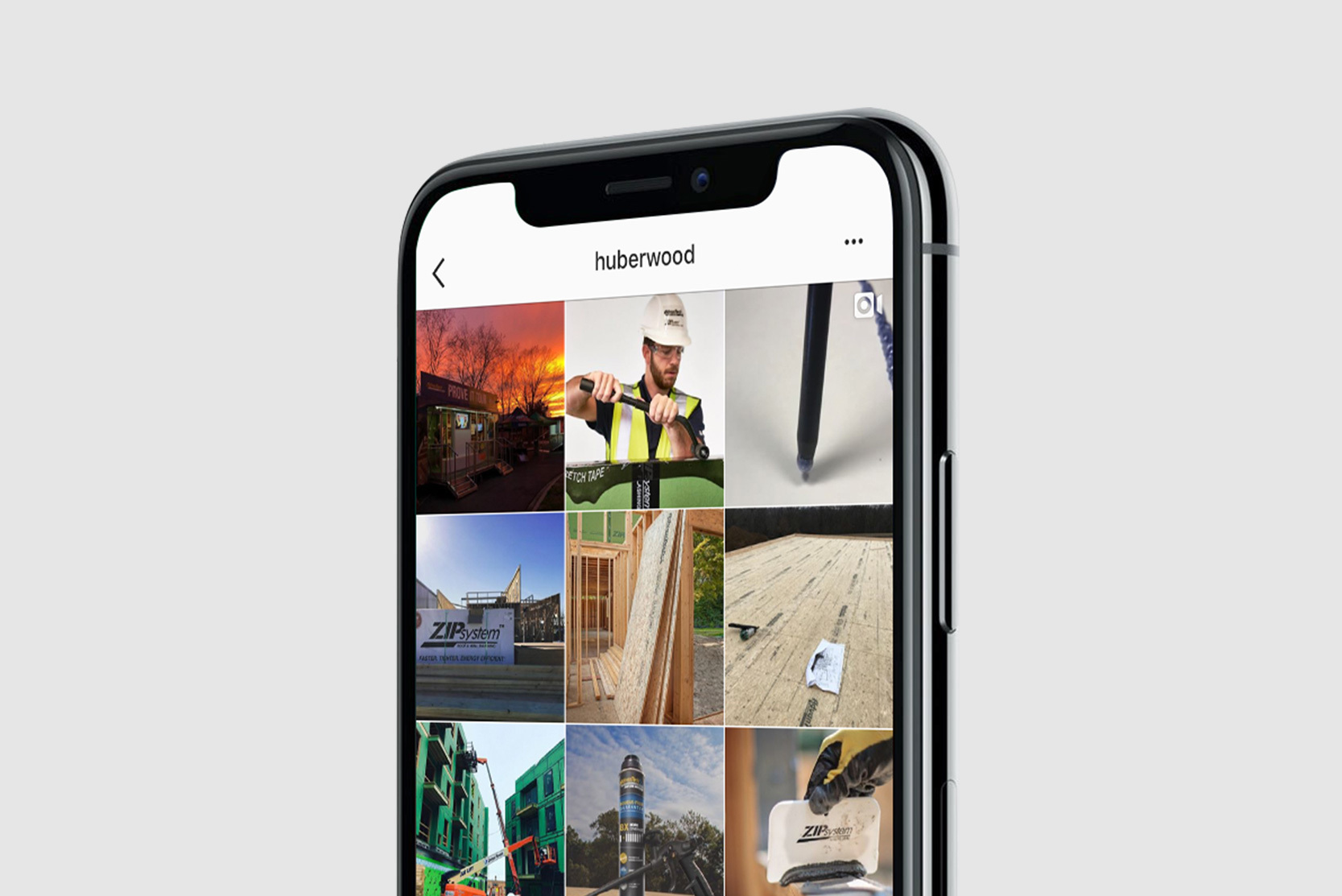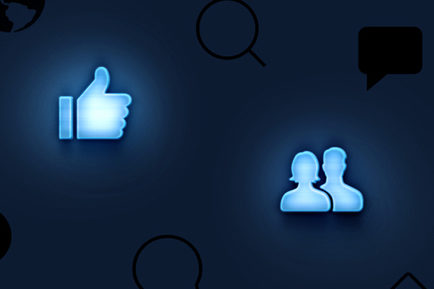Social Media
Social media monitoring and social listening may sound similar, but they're actually distinct and separate approaches.
So, what’s the difference? Why are these tactics important, and how can they help your brand connect with its target audience?
What is social media monitoring?
During social media monitoring, you’re keeping tabs on your community. Social media monitoring tracks mentions, tags, direct messages (DM) and engagements with your brand’s profiles and content. It’s the practice of regularly monitoring and engaging with social conversations that involve the brand. For example, as a brand in the home industry, you may be mentioned in a #KBTribeChat on Twitter, or you may be contacted by a customer about a technical question in Facebook Messenger.
What is social listening?
Social listening is paying attention to conversations across social media that matter to a brand. This includes conversations about competitors, industry keywords and more. For example, brand marketers in the home industry may want to keep tabs on social conversations on “smart home trends” to see trade insights around new products, or they may want to understand the sentiment of conversations around competitors.
It’s a powerful tool to turn conversations happening on social media into valuable input for your marketing strategy. Social listening is not just about tracking social media engagement. It’s about gathering insights.
How can monitoring and listening build value?
People are talking about your brand, industry, competitors and experience on social media. Are you tapping into this pool of insight? If so, you can start to understand the wants and needs of your target audience and how you can best provide value.
Social media monitoring will give you the most direct feedback from people intentionally naming and reaching out to your brand.
Social listening will take it further, allowing you to understand the reasons behind the statements made directly toward the brand. You can design smart, strategic social media programs based on a broader stroke of data instead of simple engagement metrics, such as likes.
How can you start monitoring and listening?
Some tools are designed for social media monitoring while others are more equipped to execute social listening. Some tools can do both, but some tools will market that they can perform social listening when in reality they only can give you access to a certain social platform, such as Twitter, due to API or partner restrictions. So, how do you navigate this landscape?
For social media monitoring, it’s important to use a tool that can monitor incoming mentions, DMs, engagements, wall posts, etc., in combination with native platforms. Will these monitoring tools catch everything? No. Due to social media APIs, some features aren’t able to be monitored by third-party platforms, such as monitoring DMs on Instagram, so to catch everything coming through, you need a dual approach with third-party tools and native.
Third-party software is still valuable, even if most can’t catch every single social engagement, because it creates a streamlined view of most engagements that require a response or should be escalated to a technical support or customer support team.
For social media listening, you can use a combination of tools depending on your needs. If your brand or audience is primarily using one platform, it’s important to take that into consideration when looking at tools. Due to platform restrictions, some tools may be able to pull a healthy amount of information from Twitter but lack on LinkedIn data. Just like monitoring, listening will require a mix of third-party tools and manual native digging to execute.
Does everyone need to do social content creation, monitoring, listening and reporting tomorrow? No. Instead, identify priorities and take small steps to creating a robust social media program for your brand. Grow your program by setting achievable goals and taking a concerted effort to monitor and engage with your audience.


